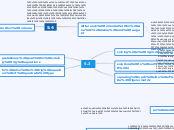af Alexandrea Dunn 7 år siden
310
chapter 5
To solve trigonometric equations of quadratic type, standard algebraic techniques such as collecting like terms and factoring are employed. If factoring is not feasible, the Quadratic Formula can be used.

af Alexandrea Dunn 7 år siden
310

Mere som dette